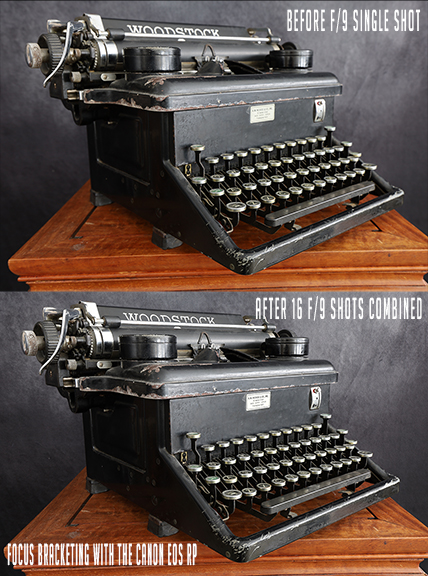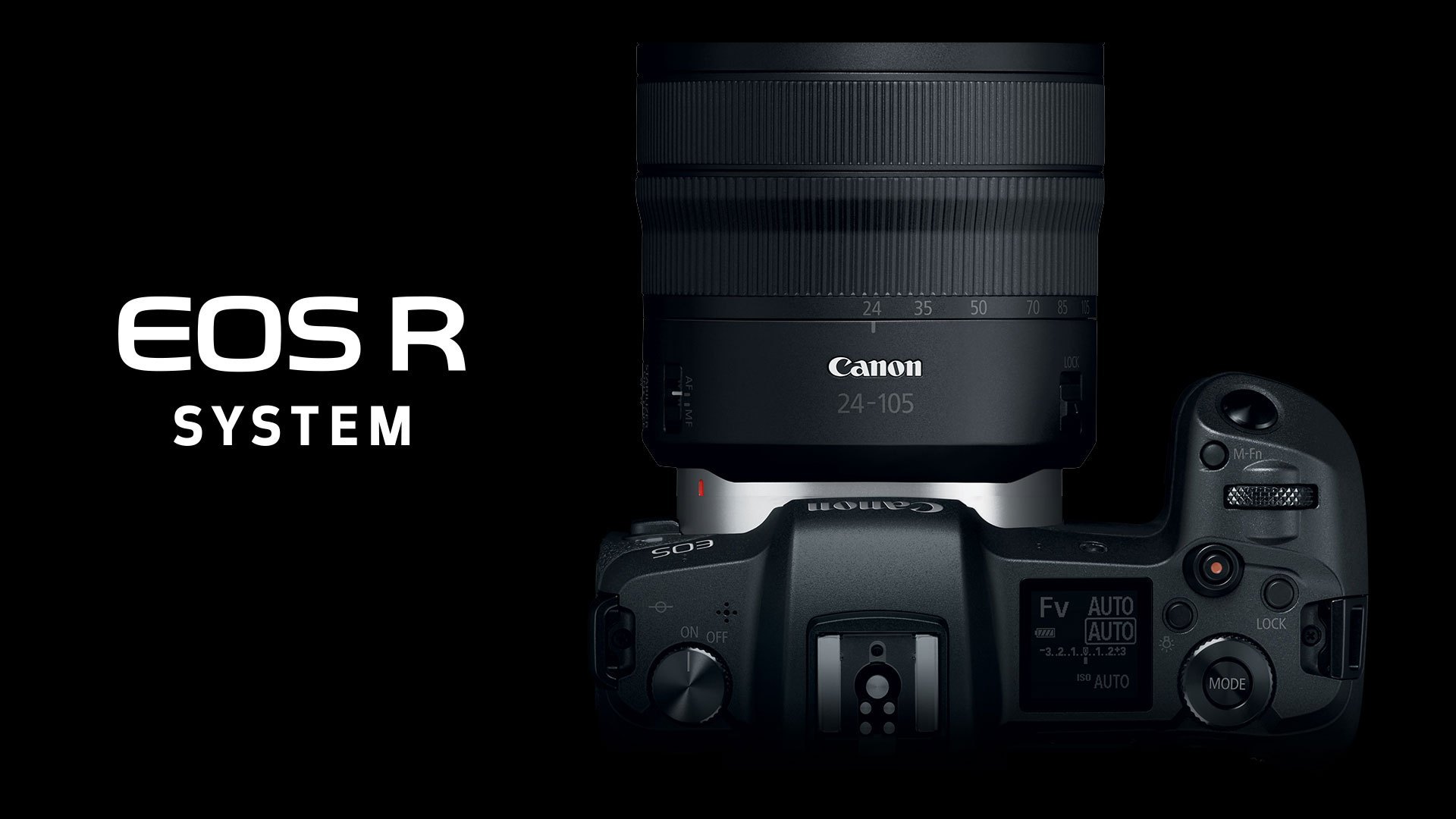Main reasons I upgraded from a Canon EOS 6D:
- Weight
- More focus points
- More megapixels allows me to offer larger prints on Fine Art America and more wiggle room when cropping in post.
- Built-in 4K time-lapse rendering
- Mirror-less design (better focus, no mirror slap, less moving parts, ability to see the exposure live)
- Faster processor
- Works with my existing Canon lenses
- Flippy touch screen
Lightweight
Going from the Canon EOS 6D, the RP feels very light due to its mostly plastic body. Kind of the impressive I’ve gotten when someone asks me to take their picture and hands me a Rebel or some bridge camera.
But once I slap on some heavy Canon glass, the camera feels normal again.
The Grip is Fantastic
This is a small camera but it is not going to lead to hand cramps like my old Panasonic Lumix G3 which had a very tiny size and just a bump for a grip. The Canon EOS RP has a nice deep grip and if you add on the body extension for the bottom, even your pinky has a spot to rest.
Controls are Intuitive
The work flow is a bit different than my Canon EOS 6D as a few controls are missing or different, but the great Canon software interface looks familar and it’s touch enabled on the LCD screen.
The top right features
Focus Selection
Focus selection using your thumb to drag along the touch-sensitive LCD screen is fantastic compared to using a joystick to cycle through focal points.
You can also set it to one-touch focus/picture taking. I had this years ago on the Panasonic Lumix G3 and it was great in the studio with my dog. I would have the camera on a tripod and just hit the screen on his eye and boom, the picture would be taken. Very handy in the studio.
Works with Existing EF Canon Len Collections
I can use all of my existing EF Canon lenses with the adapter. Basically, the adapter puts the EF lenses at a distance away from the sensor that the mirror box too up. The new RF lenses specifically made for the new line of mirror-less cameras put the lens elements just 20mm from the sensor.
The new RF lenses will only work with the new R mount and don’t need an adapter but all EF lenses will work with the adapter.
Focus Bracketing

Focus bracketing combines a bunch of images to create more sharpness from front to back. Great for macro shots as well as landscapes.
The RP includes this feature although it is not “in-camera”. You will have to down the free CANON DIGITAL PHOTO PROFESSIONAL software to combine the images. Or use Adobe Photoshop.
Download the software from Canon –
Download Canon Digital Photo Professional 4.7.21.
Have your camera’s serial number ready.
Also, note that focus bracketing only works with certain EF lenses but all of the new RF lenses. Here is a list of supported lenses (so far):
Canon says “We absolutely cannot guarantee proper Focus Bracketing operation when third-party lenses are attached.”
- Canon
RF 24-105mm f/4L IS USM Lens - Canon
RF 28-70mm f/2L USM Lens - Canon
RF 35mm f/1.8mm f/1.8 IS STM Macro Lens - Canon
RF 50mm f/1.2L USM Lens - Canon EF 16-35mm f/4L IS USM Lens (used to photograph the typewriter above)
- Canon EF 24-70mm f/4L IS USM Lens
- Canon
RF 35mm f/1.8 IS STM Macro Lens - Canon EF-S 60mm f/2.8 Macro USM Lens
- Canon EF 100mm f/2.8L IS USM Macro Lens
A Pop Out Tilt Screen!
I forgot I was missing this. My Canon 6D only had a fixed screen.
Two Way Level
The Info screen can display both a side to side level (my Canon EOS 6D had this) and a new front to back level. Cool!
Time-Lapse Presets
Move the mode dial to Video and in the
